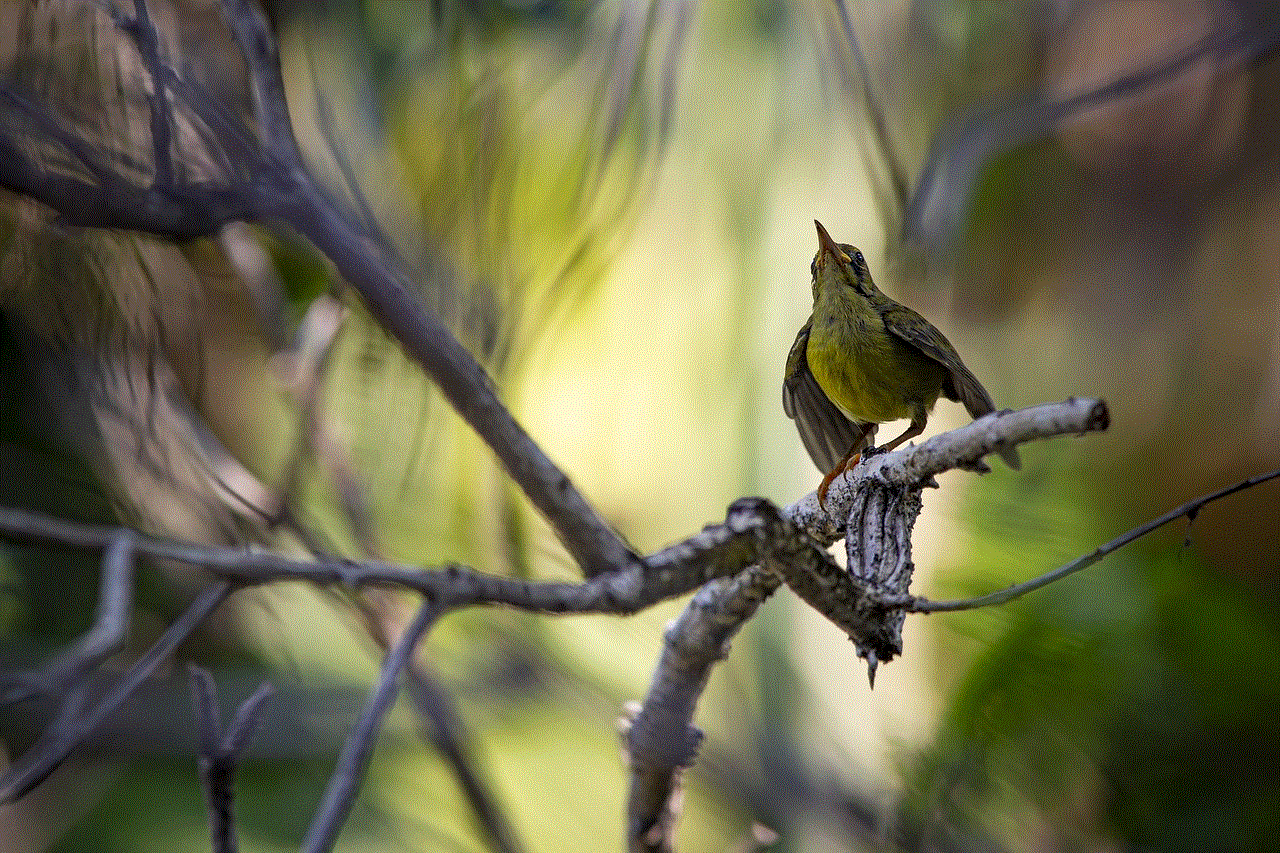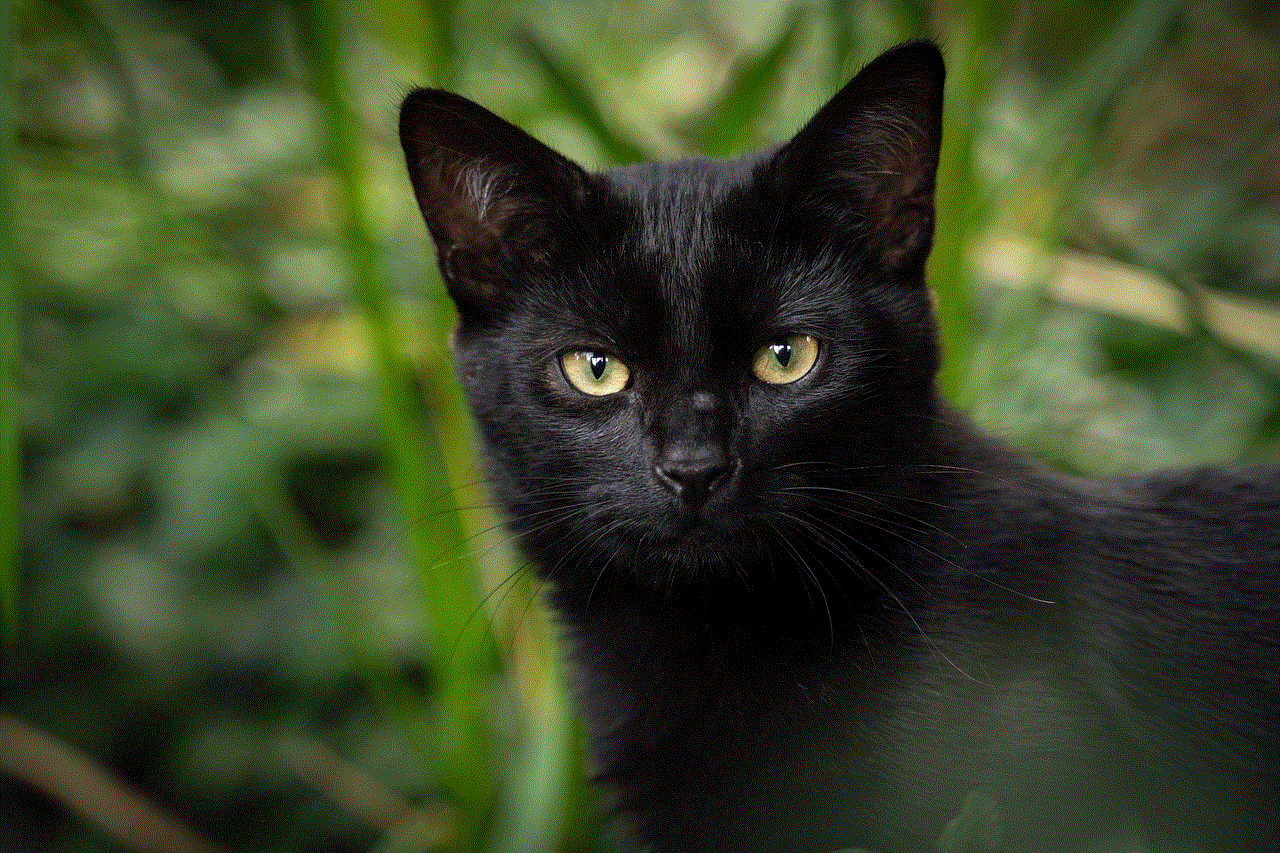how to show location on facebook status
How to Show Location on Facebook Status
Facebook is one of the most popular social media platforms, boasting over 2.8 billion monthly active users. One of the key features of Facebook is the ability to share your thoughts, experiences, and whereabouts with your friends and followers through status updates. If you want to let people know where you are, you can easily show your location on your Facebook status. In this article, we will guide you through the steps on how to do it.
1. Enable Location Services on your device
Before you can show your location on Facebook, make sure that Location Services are enabled on your device. This feature allows Facebook to access your current location and display it on your status update. To enable Location Services on an iPhone, go to Settings > Privacy > Location Services and toggle it on. On an Android device, go to Settings > Location and toggle it on.
2. Open the Facebook app
Once Location Services are enabled, open the Facebook app on your device. The app icon usually resembles a white “f” on a blue background.
3. Compose a new status update
To show your location on Facebook, you need to compose a new status update. Tap on the “What’s on your mind?” text box at the top of the Facebook app’s main screen. This will open a new window where you can enter your status update.
4. Click on the location icon
In the status update window, you will see several icons below the text box. Tap on the location icon, which looks like a pin on a map. This will open a window displaying a map and a search bar.
5. Search for your location
In the search bar, type the name of the location you want to show on your Facebook status. You can search for specific addresses, landmarks, or cities. As you type, Facebook will provide suggestions based on your input. Select the correct location from the suggestions or continue typing until you find the desired location.
6. Choose the location
Once you have found the location you want to show, tap on it to select it. This will close the search window and return you to the status update window.
7. Add additional text or media (optional)
If you want to add more context to your status update, you can include additional text or media such as photos or videos. Tap on the text box and start typing to add text. To add media, tap on the camera icon (for photos) or the video icon (for videos) below the text box. You can also tag friends, add emojis, or customize other aspects of your status update.
8. Publish your status update
Once you are satisfied with your status update, tap on the “Post” button to publish it. Your Facebook status will now show your chosen location along with any additional text or media you included.
9. Edit or remove the location
If you made a mistake or want to change the location on your Facebook status, you can easily edit or remove it. To edit the location, tap on the three dots at the top right corner of your status update and select “Edit Location.” This will allow you to search for a new location and replace the existing one. To remove the location altogether, tap on the three dots and select “Remove Location.”
10. Privacy considerations
Showing your location on Facebook can be a great way to share your experiences and connect with friends. However, it’s important to consider your privacy settings. By default, Facebook allows your friends to see your location on status updates. If you want to limit who can see your location, you can adjust your privacy settings by going to Settings > Privacy > Location Services on an iPhone or Settings > Location > App-level permissions on an Android device. From there, you can choose to limit the visibility of your location to specific friends or keep it private altogether.
In conclusion, showing your location on Facebook status updates is a simple process that can enhance your social media experience. By following the steps outlined in this article, you can easily share your whereabouts with friends and followers, adding context and excitement to your posts. Just remember to consider your privacy settings and adjust them accordingly to maintain control over who can see your location. Happy posting!
how to see who someone snapped 60 9



Snapchat , the popular social media app, has taken the world by storm since its launch in 2011. With over 293 million daily active users, it has become a go-to platform for sharing photos, videos, and messages with friends and followers. One of the unique features of Snapchat is the ability to send temporary self-destructing messages, known as “snaps,” which disappear after being viewed. This feature has made it a favorite among younger audiences, but it has also raised concerns about privacy and security. Many users wonder if it is possible to see who someone snapped on Snapchat. In this article, we will explore the answer to this question and shed light on the privacy settings of Snapchat.
Snapchat has become a breeding ground for curiosity and suspicion, especially when it comes to relationships. Whether you are a concerned parent, a suspicious partner, or a curious friend, you may want to know who someone is snapping with. Unfortunately, Snapchat does not have a feature that allows users to view other people’s conversations or see who they are snapping. However, there are some ways to get an idea of who someone snapped on Snapchat, and we will discuss them in this article.
Before we delve into the methods to see who someone snapped, it is essential to understand the concept of snaps on Snapchat. When you send a snap to someone, it vanishes after being viewed, and if you have set a timer, it will disappear even if the recipient has not seen it. This feature makes Snapchat unique and has attracted many users, especially teenagers and young adults. However, it also creates a sense of security and secrecy, which makes it challenging to see who someone snapped. As the messages disappear, there is no way to go back and check them unless the recipient has saved them. But, there are some ways to get an idea of who someone snapped, and we will discuss them in the following sections.
The first method is to check the user’s Snapchat score. Every Snapchat user has a score, which is the total number of snaps they have sent and received. If you want to see who someone snapped, you can check their score and compare it with the previous day. If the score has increased significantly, it means they have been sending snaps to someone. However, this method is not entirely accurate as the score can increase due to other activities like opening the app, sending snaps to multiple people, or receiving snaps from others.
Another way to see who someone snapped is to check their best friends’ list. On Snapchat, you can add people to your best friends’ list, which is a list of your top three friends based on the number of snaps you send and receive to them. If you notice that someone new has appeared on their best friends’ list, it can indicate that they have been snapping with that person. However, this method is not entirely reliable as the list shows only the top three friends, and the order can change depending on the frequency of snaps sent and received.
If you are still determined to see who someone snapped on Snapchat, you can try using a third-party app. There are several apps available on the internet that claim to help users see other people’s Snapchat conversations and activities. However, it is crucial to note that using such apps is against Snapchat’s terms of service, and your account can get banned if you are caught using them. Also, many of these apps are scams and can compromise your privacy and security. It is best to avoid using them and instead rely on the mentioned methods or have an honest and open conversation with the person you are suspicious of.
Now that we have discussed the methods to see who someone snapped on Snapchat let’s talk about the privacy and security settings of the app. Snapchat has a few features that can help users protect their privacy and control who can see their snaps. The first setting is the “My Friends” option, which allows users to choose who can see their stories and snaps. You can select from three options: “Everyone,” “My Friends,” and “Custom.” If you want to keep your snaps private and only share them with your friends, you can choose the “My Friends” option. However, if you want everyone to see your snaps, you can choose the “Everyone” option.
Another setting that can help protect your privacy is the “Who can contact me” option. This feature allows you to control who can send you snaps and messages on Snapchat. You can select from three options: “Everyone,” “My Friends,” and “No one.” If you want to receive snaps and messages only from your friends, you can choose the “My Friends” option. However, if you want to receive snaps and messages from anyone, you can choose the “Everyone” option.
Snapchat also has a feature called “Quick Add,” which suggests people you may know or have mutual friends with. If you want to avoid being suggested to others, you can turn off this feature in your settings. However, it is crucial to note that even with all these privacy and security settings, there is no foolproof way to control who sees your snaps and messages on Snapchat. If someone takes a screenshot of your snap, there is no way to stop them from sharing it with others.
In conclusion, Snapchat does not have a feature that allows users to see who someone snapped. However, there are some ways to get an idea of who someone is snapping with, such as checking their best friends’ list and Snapchat score. It is crucial to respect other people’s privacy and not use third-party apps to see their conversations or activities on Snapchat. Instead, it is best to have an honest and open conversation with the person you are suspicious of. Snapchat also has several privacy and security settings that can help users protect their privacy and control who can see their snaps and messages. But, it is essential to remember that there is no foolproof way to control who sees your snaps on Snapchat, and it is essential to be cautious while sharing anything on the internet.
caught my son watching porn 40 2



As a parent, the thought of your child watching porn can be shocking and overwhelming. It’s a conversation that many parents dread, but unfortunately, it’s a reality that many families have to face. The internet has made it easier than ever for children to access explicit content, and as a result, the issue of children and porn has become more prevalent than ever before. If you’ve caught your son watching porn, you may be feeling a mixture of emotions, ranging from anger and disappointment to confusion and fear. It’s important to understand that this is a delicate situation and handling it in the wrong way can have long-lasting effects on your child’s well-being. In this article, we will explore the topic of children and porn, discuss the potential reasons behind your son’s behavior, and provide you with guidance on how to address this issue in a productive and healthy manner.
First and foremost, it’s important to understand that watching porn is a natural and normal behavior for many people, including children and teenagers. With the widespread availability of the internet, it’s not uncommon for young people to stumble upon pornographic content accidentally. In fact, a study by the NSPCC found that 53% of 11-16 year olds reported seeing sexual images online, with 1 in 3 saying they had seen them while not actively seeking them out. This means that your son may have come across porn while browsing the internet, and it doesn’t necessarily mean that he has a problem or an unhealthy interest in it.
However, if you have caught your son actively seeking out and watching porn, it’s important to address the issue and have an open and honest conversation with him. But before you do that, it’s crucial to understand the potential reasons behind his behavior. One possible reason could be curiosity. As children enter puberty and become more aware of their sexuality, they may be curious about sexual acts and behaviors. Watching porn may simply be a way for them to explore and satisfy their curiosity. Another reason could be peer pressure. With the rise of social media, it’s not uncommon for children to feel pressured by their peers to engage in certain behaviors, including watching porn. It’s important to talk to your child about the influence of peer pressure and the importance of making their own decisions.
It’s also important to consider the impact of the media and society on your child’s perception of sex and relationships. With the constant exposure to sexualized content in movies, music, and advertisements, children may develop a distorted view of sex and relationships. This can lead to them seeking out porn as a means of learning about sex and intimacy. It’s important for parents to have open and honest conversations with their children about healthy relationships and the importance of consent. This can help in shaping their understanding of sex and relationships and may prevent them from turning to porn for information.
Another potential reason behind your son’s behavior could be boredom or loneliness. With the rise of technology, many children spend a significant amount of time online and may turn to porn as a form of entertainment or to fill a void. It’s important to encourage your child to engage in other activities and hobbies, and to have a healthy balance between screen time and other activities. This can help prevent them from turning to porn as a form of escape or entertainment.
Now that we have explored some potential reasons behind your son’s behavior, let’s discuss how to address the issue in a productive and healthy manner. The first step is to remain calm and approach the situation with empathy. It’s important to remember that your child is still learning and exploring, and any harsh or judgmental reactions from you may cause them to shut down and become defensive. Instead, try to understand where they are coming from and approach the conversation with an open mind.
Next, it’s important to have an open and honest conversation with your child about pornography. This may be uncomfortable for both of you, but it’s crucial to create a safe and non-judgmental space for your child to express themselves. Ask them why they are watching porn and listen to their answers without interrupting or judging. This will help you understand their perspective and provide you with insight into their thoughts and feelings.
It’s also important to educate your child about the potential negative effects of watching porn. While pornography can be a source of pleasure for adults, it can have harmful effects on children and teenagers. It can create unrealistic expectations about sex, promote unhealthy attitudes towards women, and contribute to the objectification of women’s bodies. It’s important to help your child understand the difference between fantasy and reality and to teach them about the importance of consent and respect in sexual relationships.
It’s also crucial to set boundaries and establish rules around internet usage. This may include setting parental controls, monitoring your child’s online activity, and having a family agreement on appropriate internet usage. It’s important for children to understand the potential dangers of the internet and the importance of responsible online behavior.



In addition to having a conversation with your child, it’s also important to seek professional help if you feel that your child’s behavior is becoming problematic. This may include therapy or counseling, which can help your child address any underlying issues and learn healthy coping mechanisms.
In conclusion, catching your son watching porn can be a difficult and challenging situation to navigate. It’s important to remember that this is a delicate issue and handling it in the wrong way can have long-lasting effects on your child’s well-being. Instead of jumping to conclusions or reacting with anger, it’s important to approach the situation with empathy and have an open and honest conversation with your child. By understanding the potential reasons behind their behavior and providing them with guidance and support, you can help your child develop a healthy and responsible attitude towards sex and relationships.